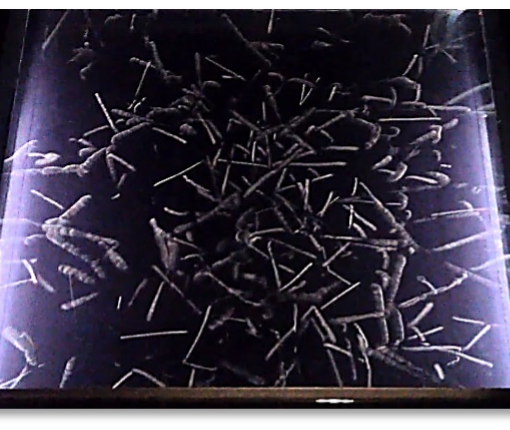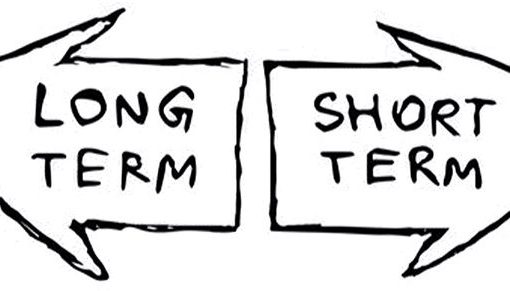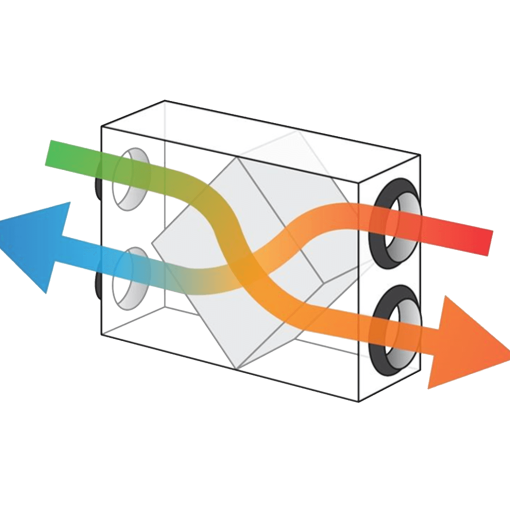RADON IN PILLOLE: WHAT IS A “SAFE” LEVEL OF INDOOR RADON GAS?
📽️ In this video, we will answer this common question:
The short answer is the “safe” level of radon exposure is no radon at all. Any radon exposure carries some risk.
🗯️So does it mean that we should have 0 Radon at our home to be safe? The answer is not that simple! Let’s see why!
Even outside our homes, we could expose ourselves to some level of radon. Roughly 0.4 pCi/L of radon is normally found in the outside air. So, the optimistic goal should be to reduce indoor Radon levels to no more than outdoor levels. However, this goal is not yet technologically achievable for all homes.
For these reasons, similarly to what happens for other risks, the concept of acceptable risk is applied to exposure to radon, which leads to the definition of reference levels.
The reference level also depends on the organization that defines it or on the regulations applied in the different countries.
As an example, the reference level is equal to:
✅WHO (World Health Organization) recommends: 100 Bq/m3
✅ EPA (U.S. Environmental Protection Agency) recommends: 150 Bq/m3
✅Italy and many other EU countries recommend: 300 Bq/m3
If you find that you have high indoor Radon levels, there are ways to fix it. Even very high levels can be reduced to acceptable levels. On average, Radon levels in many homes can be reduced to 2 pCi/L or less.
But the first step is to test your home! Go to RadonMarket.com and find the right tool for you.
Follow us to learn more
#Radon #GasRadon #RadonGas #RadonInstruments #Risanamento #RisanamentoRadon #Mitigation #RadonMitigation #MisuraRadon #RadonMeasurements #RadonMarket #SwemStudio #RadonMarketAcademy #RadoninPillole #Misurazioneradon #Ambient #Salute
RadonMarket Academy, Centro di Formazione Professionale del Radon





